Families are taking on a new, empowered role as education choice programs like education savings accounts (ESAs) gain momentum nationwide. ESAs empower families to use a portion of the state education funding allocated for their children to purchase a wide range of goods and services that meet their children’s specific educational needs.
These programs aim to connect families with education providers, and the role state administrators play in this process is crucial. Success largely hinges on whether the administrator commits to support families in achieving the best educational outcomes for their children with minimal barriers.
When approaching the issue of balancing flexibility and accountability in ESA programs, state agencies should be sure not to miss the forest for the trees. The trajectory of Arizona’s Empowerment Scholarship Account (ESA) program can be a helpful lesson to current and future iterations of state education freedom programs.
Within chapter 5 of the ESA Implementation Roadmap is a case study on how public discussions in Arizona have diverged from the reality of how families are using the program – one that empowers them to procure a more satisfactory education for a cheaper public cost. Indeed, ESAs are strengthening the mission of public education.
In the case of Arizona – and common among fledgling ESA states – with rapid growth came concerns about misuse and misspending. Critics have pointed to instances where ESA funds were allegedly used on non-educational expenses like martial arts or even golf equipment. The debate swirls around whether these cases represent widespread fraud or isolated incidents—and whether the program’s oversight is too lax.
The root of the debate lies in a delicate balance. Arizona’s ESA program offers unparalleled flexibility for parents, a shift from the rigid oversight often seen in district schools. Families are empowered to create personalized educational paths, whether that means enrolling in extracurriculars like driving school or filling gaps with innovative activities such as raising chickens. Critics argue that this freedom can lead to misuse, urging for tighter regulations.
Yet, this critique misses the point. The ESA program was built on the principle of trust and autonomy, allowing families to address their child’s unique needs. Imposing more regulations would undermine this flexibility.
As is the case in Arizona, striking the right balance between accountability and user-friendliness is crucial. Instead of excessive audits, focusing on high-risk transactions may be the key to refining the program without stifling its innovative spirit.
Ultimately, the ESA should meet families with trust, not more hurdles. After all, the goal is not oversight—it’s opportunity.
In chapter 5 of the ESA Implementation Roadmap, we provide a comprehensive guide to help state agencies avoid common pitfalls when crafting program integrity policy. This roadmap is a valuable resource for administrators, offering insights and strategies to enhance program security and usability.
